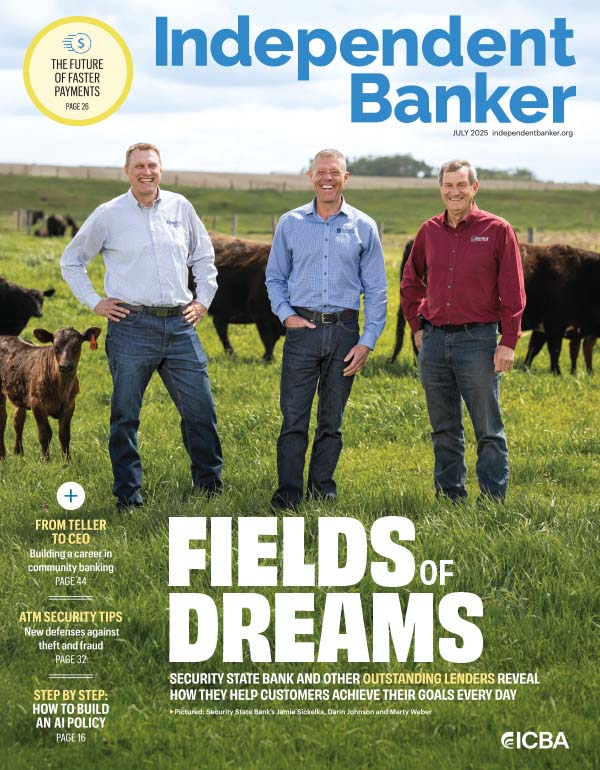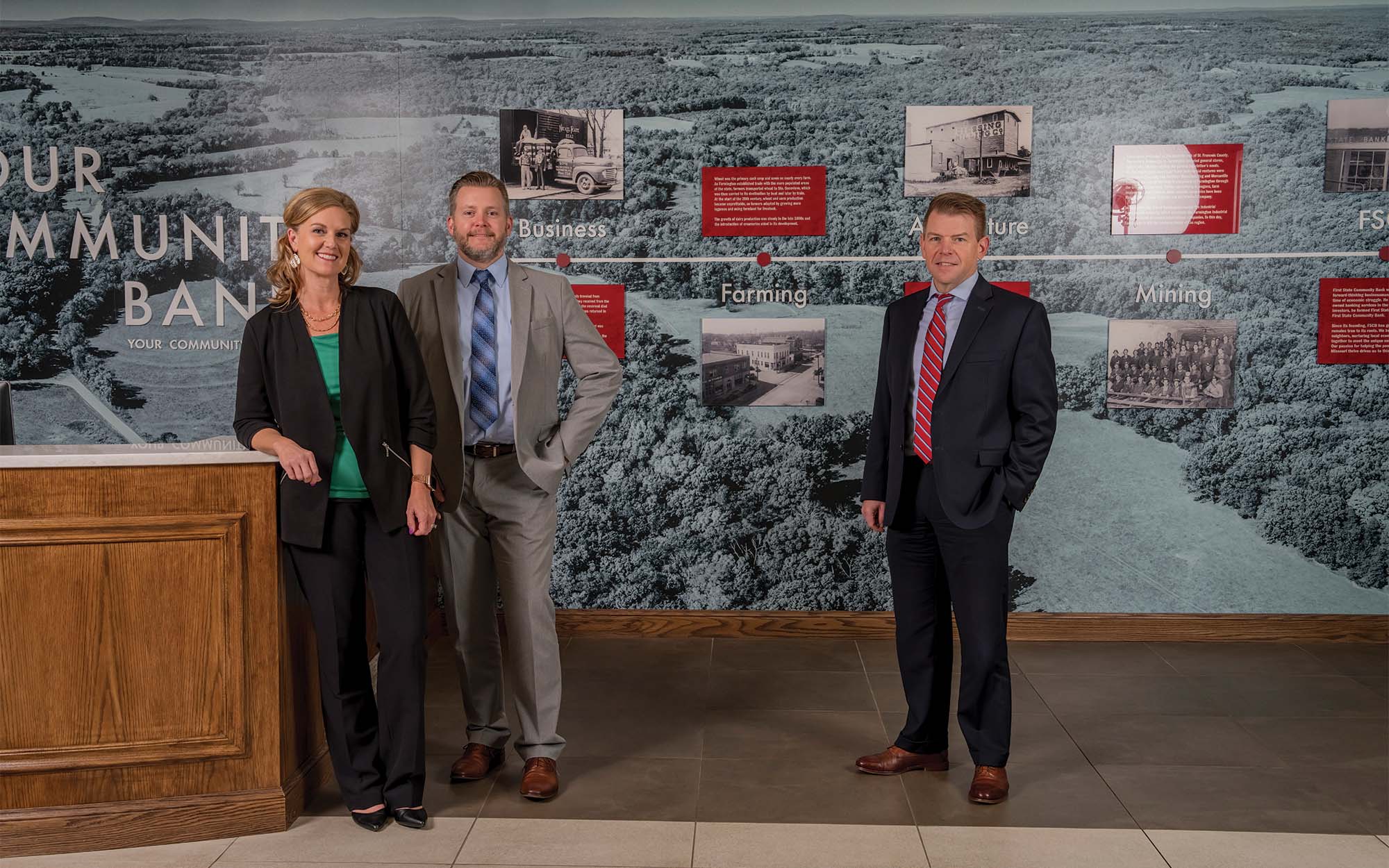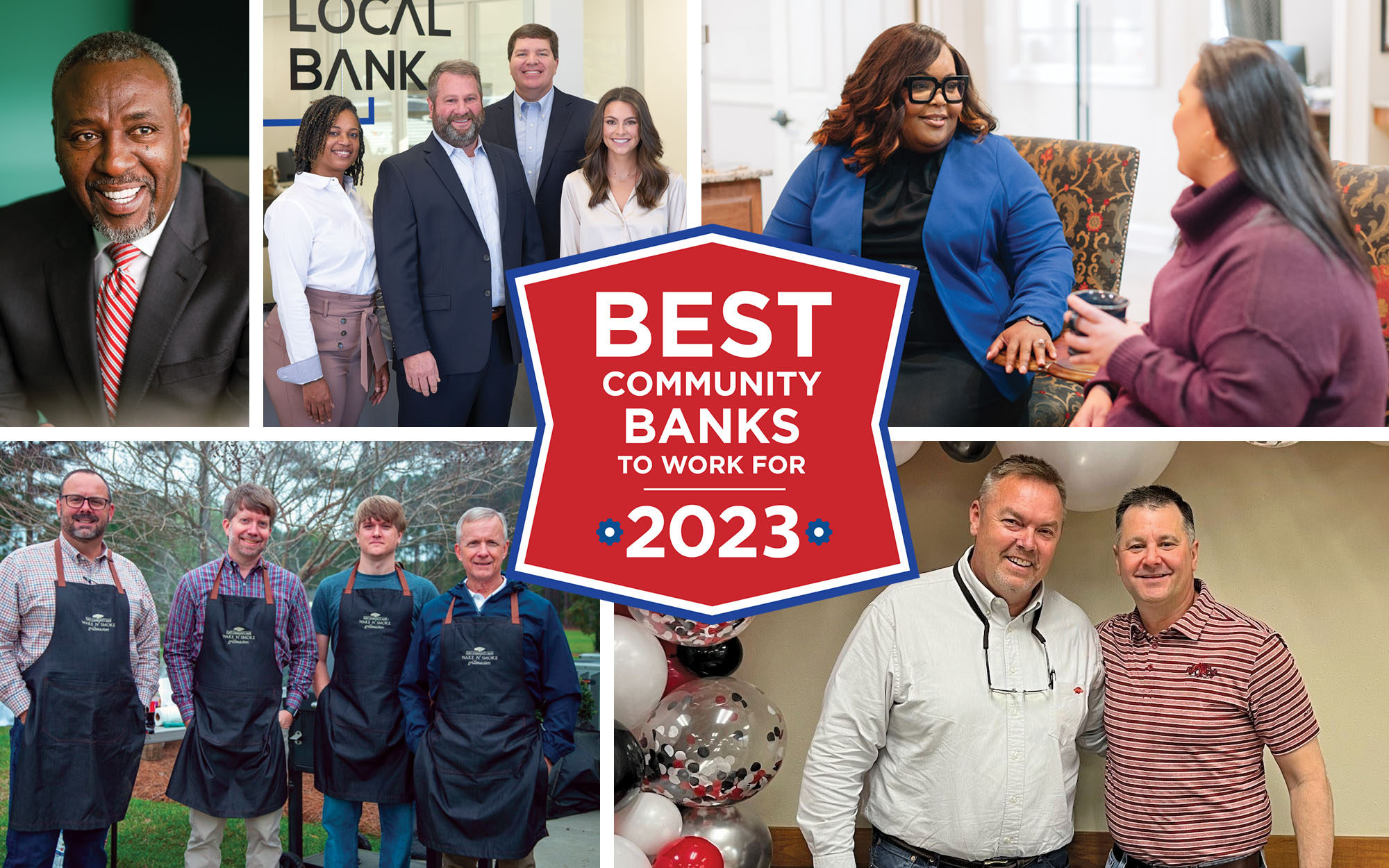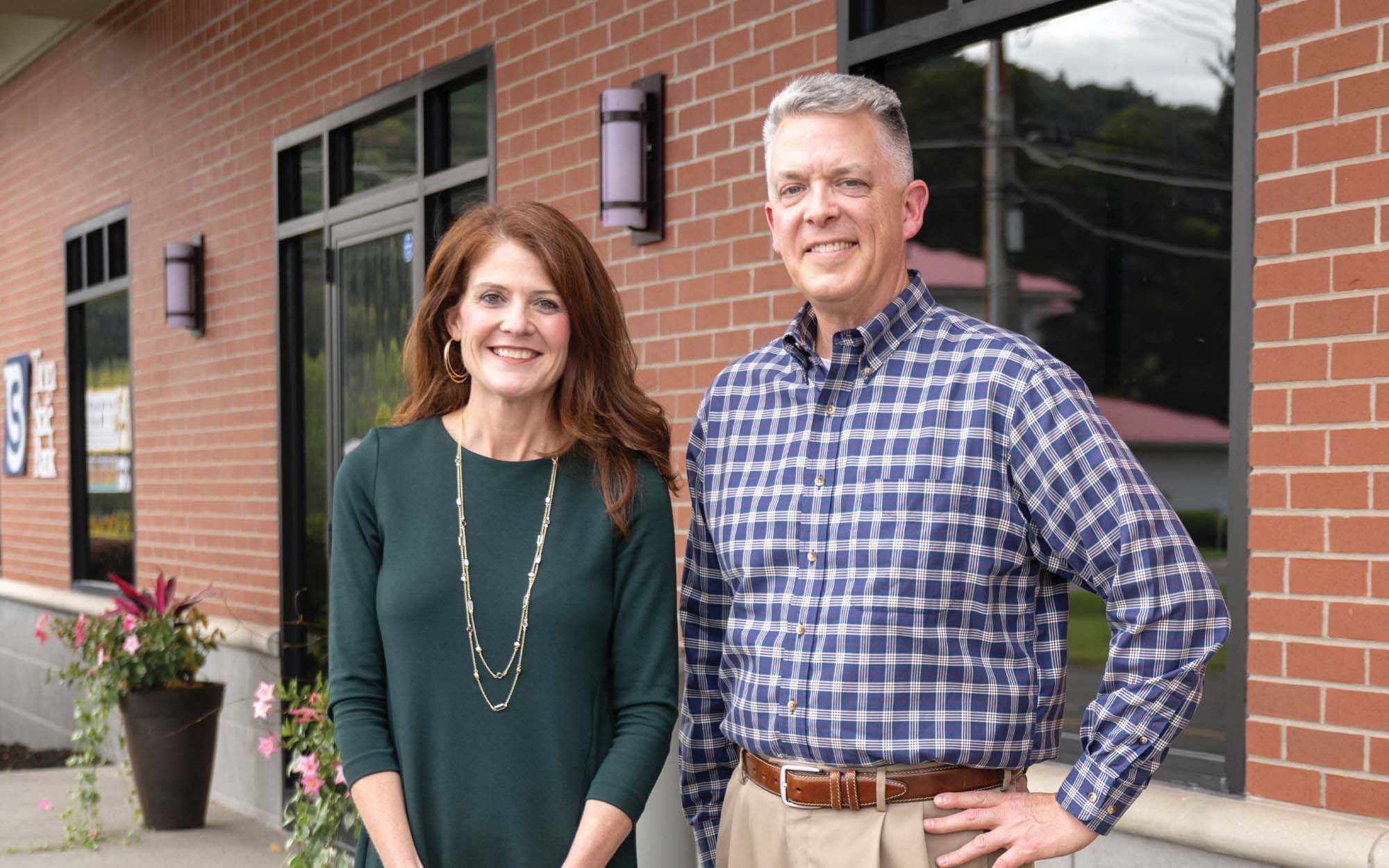From local scout troops to hospitals and housing development organizations, banking nonprofits have turned into big business for many community banks.
At Beneficial State Bank in Oakland, Calif., nonprofits account for 33% of the total client portfolio, encompassing nearly 1,000 different groups. “It is really an important vertical for us,” says Mary Edmeades, vice president and client treasury manager at the $1.7 billion-asset community bank.
Serving nonprofits aligns with Beneficial State Bank’s mission, which is to help its communities prosper and support a more socially just and environmentally sustainable world.
Nonprofits also have a positive impact on the balance sheet. “The nonprofit sector has opportunities for us in that they are both great deposit candidates and they are great loan candidates,” says Edmeades. Working closely with governing boards of nonprofits is also a valuable referral source for the bank.
“If you go through and look at all the nonprofits that are out there, they’re everywhere, and they need banking services,” says Scott McComb, chairman, president and CEO of $1.8 billion-asset Heartland Bank in Whitehall, Ohio. The community bank works with more than 200 nonprofit organizations that run the gamut from local Lions Clubs and school-related fundraising groups to churches and large community development institutes (CDIs).
Depending on the size of the nonprofit, some of them have unique lending and depository needs. “We find that most nonprofits don’t borrow a lot of money, and they’re great depositors,” says McComb. Heartland Bank’s nonprofit clients represent about 4% to 5% of its deposit base.
In smaller communities, the people doing that work are volunteers, and they may not have an accountant or bookkeeper, he says. “They need somebody to help them navigate how to do certain things,” he adds, “and that’s perfect ground for community banks to shine, because we will spend the time with them to do things right.”
“They are focused on their mission, and they may not be focused on banking. We need to bring that focus and say, ‘OK, these are things you need to be looking at to make your organization run more smoothly.’”—Mallory Ahl, Frost Bank
Providing needed guidance
Nonprofits may be passionate about their causes, but some don’t have much business experience among their staff or their boards. Especially with small and early-stage nonprofits, community banks may need to be more proactive about recommending services or introducing best practices.
“They are focused on their mission, and they may not be focused on banking,” says Mallory Ahl, senior vice president, nonprofit and government relationship manager at the San Antonio office of $48.6 billion-asset Frost Bank. “We need to bring that focus and say, ‘OK, these are things you need to be looking at to make your organization run more smoothly.’” Bankers can recommend even small changes, such as saving time by using a remote check scanner to deposit checks.
Frost has a dedicated team of bankers who routinely call on their nonprofit customers. The community bank also encourages its bankers to sit on boards as a way to be involved in their communities and also to share their banking knowledge with nonprofits.
“For Frost, it’s us helping our community by banking these nonprofits and giving them the financial tools that they need to be more efficient, but also to do things like help prevent fraud and do the best with their finances,” says Ahl.
Community banks often play a dual role with their nonprofit customers. “We’re not only their banker; we’re their financial consultant,” says Edmeades. Bankers are in a unique position to provide guidance. For example, some nonprofit clients might not be aware of the advantages of a positive pay product.
“That’s where we as bankers can come in and really assist them, because as a nonprofit is growing, their business is growing and they are leaving themselves open to more risk,” she says. “We can help guide them and ensure that they are getting the best product mix so they can run their business model efficiently and also safely.”
Beneficial State Bank also encourages nonprofit groups to work with other community consultants that would make their business strong, such as a good attorney, CPA or PR firm.
Understanding funding sources
A nonprofit is a business, which means it needs a variety of financial products just like other businesses, including lines of credit and loans such as financing for equipment, a new vehicle purchase, or a loan to buy or build its own facility.
One of the big differences in lending to nonprofits is the cash flow analysis and understanding how and when money comes into a nonprofit. Is it funded by annual fundraising drives, grants or other sources of money? In some cases, it can be a complicated mix of sources.
Another difference in lending to nonprofits versus for-profit businesses is that there are typically no personal guarantees. “The funding mechanisms of the organizations dictate how you can lend to them,” says McComb. “So, once you understand the funding and how consistent that is, you can help them bring their goals to fruition.”
For example, Heartland Bank worked with the high school’s athletic boosters group in Gahanna, Ohio. The school wanted to install new turf on its baseball field, which would cost $350,000. The booster club runs a big fundraising event each year where it sells discount cards to local businesses. That fundraiser creates an annual income stream that the community bank could leverage due to the fundraiser’s successful track record. The booster club had funds to pay for more than half of the cost, and the bank set them up with a $170,000 loan to make up the difference, which the group fully paid off after four years.
“Oftentimes, nonprofits’ loan or financing requests are exception based,” McComb explains. “Nonprofits need those exceptions, and they need people who can understand how they operate and how they’re funded, which makes it a nice fertile ground for community banks to flourish.”
Taking time to listen
Ahl notes that bankers need to work closely with the nonprofit to understand what the monthly cash flow projections are so they can base the loan schedule on their fundraising activities.
Pledge campaigns, for example, may be received in December of each year. So, instead of a monthly payment schedule, perhaps that loan has a principal payment in December of every year.
“It is very customized, and you really have to listen to your customer to understand their needs and how the repayment of the loan will work,” Ahl says.
“I knew I wanted a banking partner that would be more responsive. When the phone rings, he picks up, and when I email, he responds very, very quickly, and I really appreciate the responsiveness.”—Tara Hammond, Hammond Climate Solutions Foundation
Much like any business, attracting and retaining nonprofit customers starts with good customer service. Service was a big reason why the 501(c)(3) nonprofit Hammond Climate Solutions Foundation moved its business to Beneficial State Bank. The nonprofit provides project management for initiatives such as community e-bikes, electrical vehicle charging and solar programs.
“I knew I wanted a banking partner that would be more responsive,” says Tara Hammond, founder and executive director of the San Diego-based foundation.
She used to work with a credit union, but Hammond grew frustrated with the “run around” of not being able to get someone on the phone. At Beneficial State Bank, she was assigned her own representative who she can directly reach out to when she has questions.
“When the phone rings, he picks up, and when I email, he responds very, very quickly, and I really appreciate the responsiveness,” says Hammond.
She says, the community bank also offers a money market account specific to nonprofits, as well as a grant program. “We have applied to one of their grants, and we love the idea that our banking partner can help support our climate initiatives with their program.”
“A really important piece for our nonprofits is they also come to the bank to be heard, to be appreciated and to be acknowledged for the work that they’re doing.”—Mary Edmeades, Beneficial State Bank
At the end of the day, servicing nonprofits comes down to what community bankers often do best: listen.
“One of the things that is really important for our nonprofit sector is to listen to what they are doing and how they fit into the community,” says Edmeades. “A really important piece for our nonprofits is they also come to the bank to be heard, to be appreciated and to be acknowledged for the work that they’re doing.”
Summit State Bank: Lending a hand to nonprofits
In a sector where every dollar counts, Summit State Bank in Santa Rosa, Calif., has created a program that is designed to help the nonprofit community make the most of their money. The $1.1 billion-asset community bank’s Nonprofit Partner Program (NPP) is designed to help 501(c) not-for-profit organizations by enhancing their fundraising efforts and maximizing earnings. Based on the type of account the nonprofit opens—interest bearing or non-interest bearing—Summit State Bank makes an annual contribution based on the nonprofit’s average annual account balance. Since the inception of the program, Summit State Bank has donated more than $3.5 million to its nonprofit customers. Here’s how it works:
Non-interest bearing operating accounts earn 0.95% on the annual average balance.
Interest-bearing Summit savings, money market and demand deposit accounts earn a 0.25% contribution on the annual average balance.
Insured Cash Sweep (ICS) accounts earn 0.65% if the account is non-interest bearing or 0.15% if the account is interest-bearing.
“We have created a nice market in serving the nonprofit community through our NPP,” says Brian Reed, the community bank’s president and CEO. “We have developed longstanding relationships with many of our nonprofit customers, and we also encourage our employees to give back.” In 2022, Summit State Bank employees logged more than 1,120 community service hours, and 15 bank officers and employees served on nonprofit boards or committees.
Award-winning service
To further deepen relationships with its existing nonprofit customers, Summit State Bank launched the North Bay Nonprofit Event (NBNE) in 2020, a half-day event that provides education, resources, support and fellowship with keynote speakers that present on a variety of topics. In 2023, the community bank opened the event to the public and added an award component where the community nominated their favorite nonprofit based on a set of criteria. The winner received a trophy along with a $5,000 donation. “One of the themes we heard at the NBNE was how the decrease in volunteers during the pandemic significantly impacted them and has not rebounded fully,” notes Reed. “My suggestion would be to volunteer, attend their fundraisers, serve on a committee or board or sponsor resources or programs that assist in their success.”
6 best practices for banking nonprofits
Get involved. Attend fundraising events, be an active sponsor, volunteer and participate on committees and boards of these organizations. Beneficial State Bank in Oakland, Calif., gives each employee 32 hours a year to volunteer at the nonprofit of their choice. “It encourages people to get out in their communities to be a part of that, and therefore we can actually help the mission of the nonprofit, and that’s very, very important,” says Mary Edmeades, vice president and client treasury manager.
Personalize. Treat nonprofits much like any vertical or specialty business lending by creating a product set and a pitch that caters to these customers.
Keep in touch. “Even with nonprofits, the number one reason people leave their current institution is because they get upset over something or they have a service issue,” says Scott McComb, chairman, president and CEO of Heartland Bank in Whitehall, Ohio. “Everyone at the bank has a responsibility for calling on deposit customers, and nonprofit customers should be on the list.”
Research. Conduct due diligence on a potential new customer so that you understand the organization’s structure and mission to make sure it is a good fit for your bank.
Make resources available. Make sure the bank has adequate resources and the support of bank management so bankers can effectively provide guidance to nonprofits.
Network. For example, Edmeades is involved with an organization called Grant Makers of Oregon and Southwest Washington that brings the philanthropic community together. Engaging with that group helps to create relationships, as well as providing insights about industry trends and what others are seeing from the nonprofit sector.






